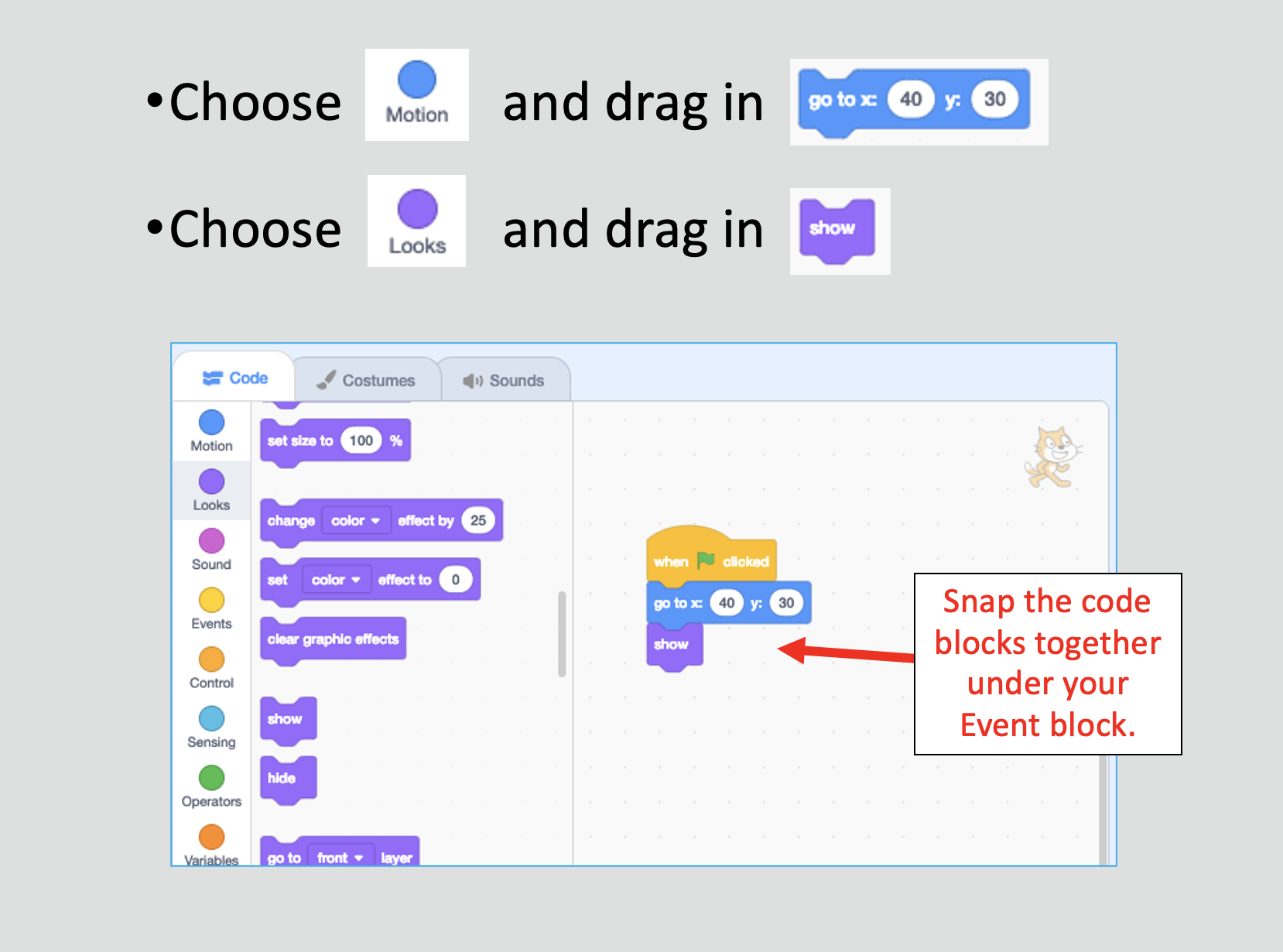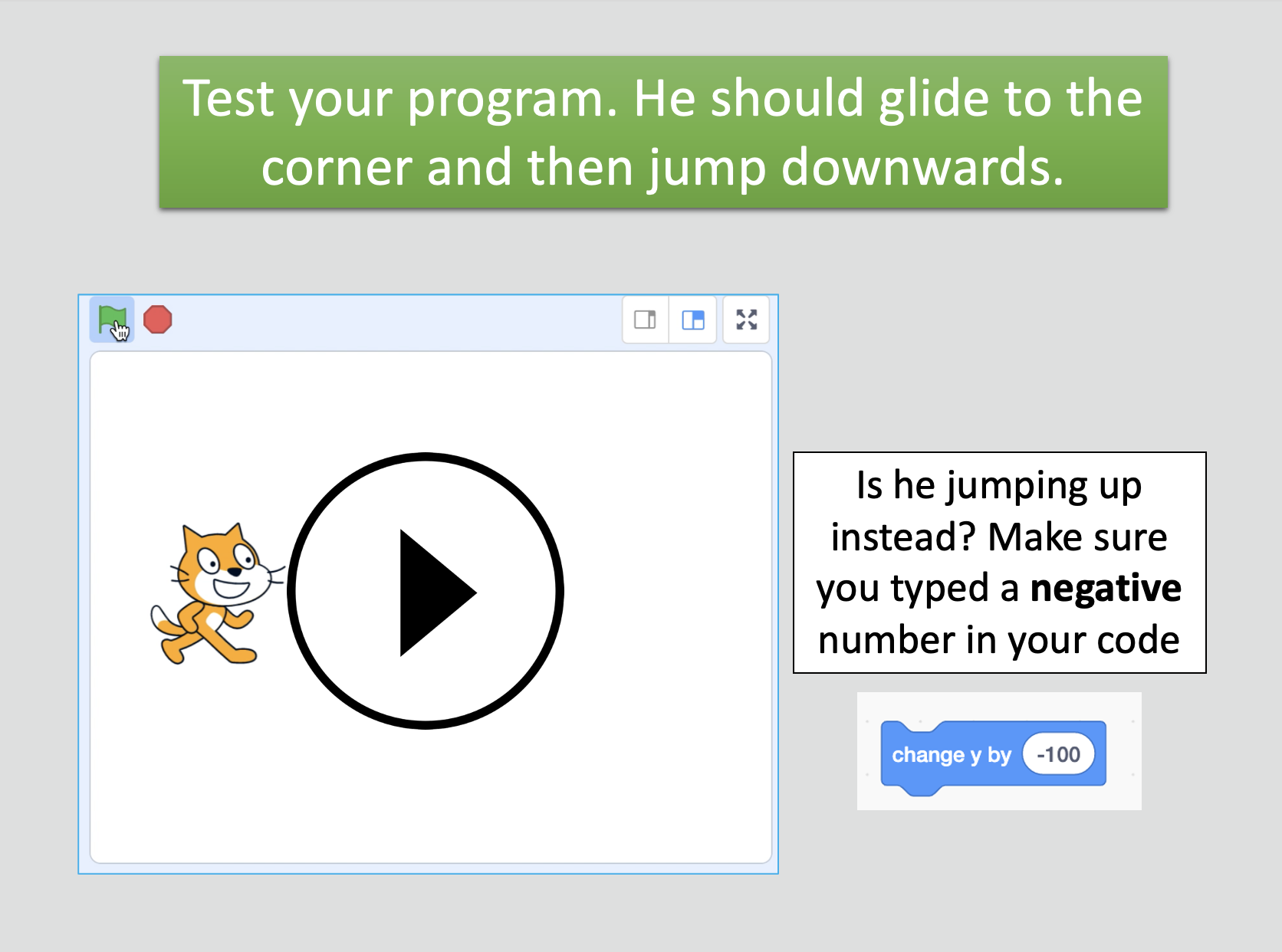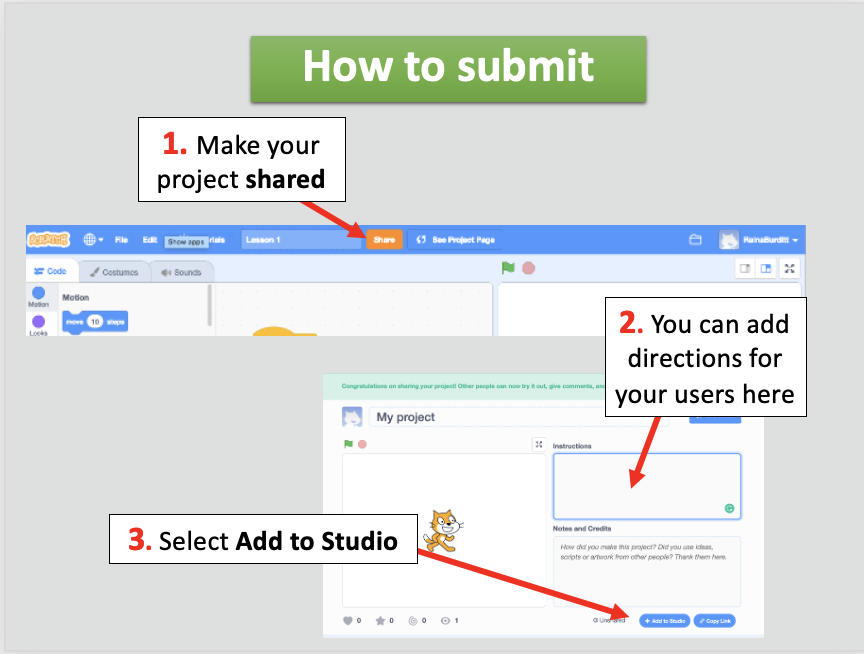Looking for resources on coding for kids? Scratch coding is a free online tool used to introduce students to the logic of computer programming, but without all the typing! Let’s dive into the details of coding with Scratch, and I’ll give you my FREE Scratch lesson! This particular lesson was designed for grades 7th-10th. I also have a FREE lesson geared more towards 3rd-6th graders.
What is Scratch coding?
Scratch coding is a language developed by teachers, students, and researchers at MIT. Scratch is a wonderful way to introduce kids to coding and computer science technology because its block-based language minimizes frustration for early coders. Their process of building code will rely more on creating a logical path than on typing out precise commands. In fact, there is very little typing in Scratch. This is good news because it means a student's program will not fail because they put a comma in the wrong place or misspelled a word.

Many programming languages use a lot of typed commands. But in Scratch, building a program is more like snapping Legos together. The colors and shapes of the blocks help guide kids to build a script, which is a sequence of directions that the computer will follow. Students may still have errors in their programs (we all do!) and they will need to use their creativity and problem-solving skills to fix them, but they will not get stuck because of a simple typo. Phew!

Students Are Learning Programming Using Scratch
But don’t be fooled by the simplicity of this design. Students learn how to create algorithms using underlying concepts such as variables, lists, conditions, loops, and functions. These are foundational concepts that can be used for any coding language. Working with Scratch also helps them build excellent troubleshooting skills and sharpens their ability to think about problems in a logical way.
Students are hooked after they see the fun animations, stories, and games they can create! In this free coding lesson, students learn how to move the cat character around the screen. They love the instant gratification of seeing the cat character act out each of their commands. The lesson includes short, embedded videos that demonstrate what the program should be doing at certain points, and they are encouraged to test and troubleshoot their code.

This lesson is perfect for those just getting started. There is also an independent assignment for students to apply their learning, and a rubric to help you grade it.

What Are Programs?
A program is a list of instructions (or code) that tells an electronic device what to do. Those instructions are listed in a specific order so the device can understand what tasks you want it to perform. These directions must be broken into small, clear steps. Imagine trying to teach an alien how to open a door if they had never seen a door before. You couldn’t just say, “Turn the knob and push it open.” The alien would be full of questions like “Which part is the knob? Turn it with what? Where do I push?” The alien has never been to Earth before, so they would be super confused.

This is exactly how computers behave. They are like an alien who cannot do even the tiniest thing without very clear instructions. Programs are the directions that help them understand what we humans want them to do. That means when you are writing a program, you have to assume that your computer knows absolutely nothing! It needs you to break down every action into very small steps.
Lesson Overview
This free lesson shows students the basics of Scratch coding, including step-by-step directions that guide students through:
- triggering a program with an event code block,
- positioning sprites using go to, move, glide, x- and y-coordinates, turn, and point towards code blocks,
- using control codes such as the wait command and the forever loop,
- using the show and hide code blocks,
- saving their work and submitting projects to a class assignment folder within Scratch.
This lesson is geared toward 7th - 10th grade, students, and you can download the PowerPoint or Google Slides version. It’s 52 pages of detailed instructions that will result in some Scratch coding fun. I also have a free lesson geared more towards 3rd-6th graders.
Check out the video overview of my FREE online lesson:
Lesson 1: Movement
First things first, you or your students need to download the FREE Scratch Lesson 1 from TeachersPayTeachers. This is the PowerPoint version. Click here if you need Google Slides.
Scratch Account Sign Up
Second, students will need to sign up for a Scratch account if they don’t already have one. Scratch offers teacher accounts that allow students to submit work to you via class “studios.” If you are a teacher, sign up using this link.
Get Started: Learn the Interface
Students click the "Create" button and explore their workspace.

Students learn that the characters (also called sprites) are on a grid. Knowing the x- and y-coordinates for our sprite helps us program its movements.

Students build their program, one code block at a time.

Then they test their program to see what impact their code block has. They encounter coding mistakes (called programming bugs!) and learn how to fix them.

Submitting Projects
Once students are done with the program, they learn how to submit their work to a class studio so that you can evaluate their work.

Grab the Free Lesson!
If you or your students are completely new to Scratch coding, this is the perfect way to get started. Beginners will love these detailed instructions. The lesson is available in PowerPoint and Google Slide format.
You may be thinking that programming in Scratch is just a way to make games, but that’s only the beginning of what Scratch can do! Kids and adults all over the world use Scratch every day to solve problems, make art, write music, tell stories, create simulations, and much, much more. Scratch users have also created a free online community where they can share their projects and learn from each other’s code. It’s like a gigantic group project.
Want to Keep Learning Scratch?
Do you think you’ll want to keep learning more about the Scratch coding program and have more detailed lessons like this? Grab the Computer Coding in Scratch: 12 Lessons bundle and save money! Or you can also purchase lessons individually. You’ve already got Lesson 1 because it’s FREE!

Less Advanced Users?
I also have lessons geared more towards 3rd-6th graders. This curriculum can stand on its own, or you could have students start with the 3rd-6th lessons and then move on to the 7th-10th set.

The 3rd-6th lessons really isolate concepts and build them slowly; the 7th-10th lessons are more complex with students learning more than one concept at a time. The first lesson in the 7th-10th curriculum on Movement might feel a bit repetitive to students who already completed the 3rd-6th lessons, but it touches on a few things not covered in the other curriculum. (And guess what, that lesson is free!) There are a few programs that are similar in the two curriculums, but the 7th-10th version of them has more complexity. Mostly, the programs are different. They also cover some topics that are not in the 3rd-6th lessons, such as music, drawing, cloning, moving backgrounds, and video sensing.
Need it All?
Check out my Mega-Bundle. This includes the 3rd-6th curriculum and the 7th-10th curriculum. BONUS: My Hour of Code Activity and Scratch Coding Challenges are also included in this discounted bundle.

Prefer a Book?
My PowerPoints are designed for direct instruction from a classroom teacher, but perhaps you have a youngster at home who would like to learn how to program? My book is a great choice for independent study!

Check Out My TpT Store!
Did you enjoy this project? Check out my TpT store: Miss B’s Shop . I create a variety of resources such as more Scratch Coding lessons, Technology & Digital Design lessons, Literary Analysis lessons, Novel Studies, and more!

Have Fun with Scratch!
I hope you enjoyed this free lesson about coding for kids. Please don’t hesitate to reach out with any questions! I always love to hear that students are enjoying my free online resources using Scratch Coding! Happy programming!
